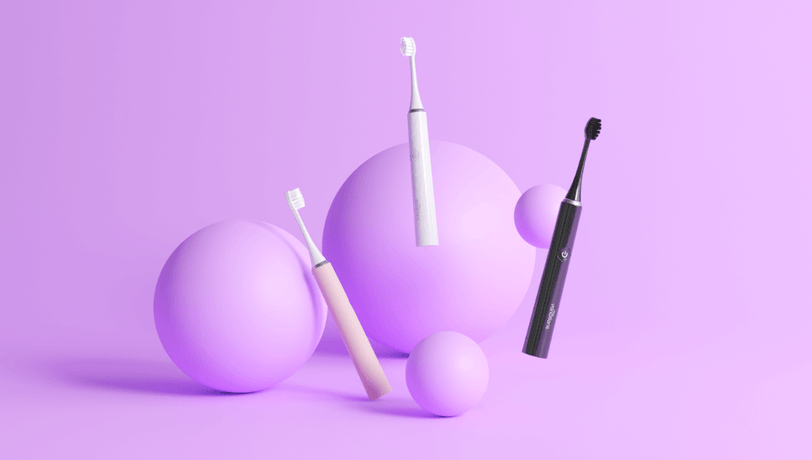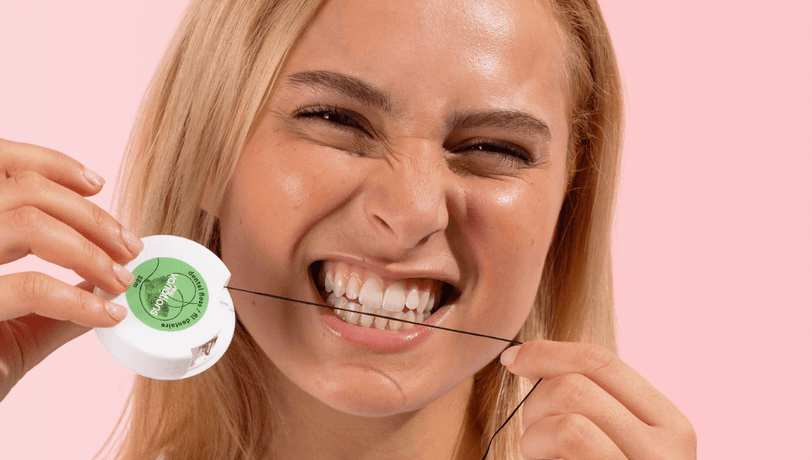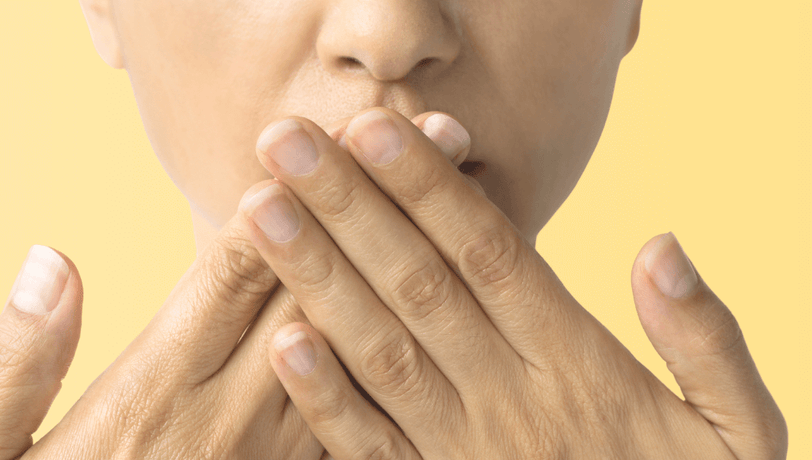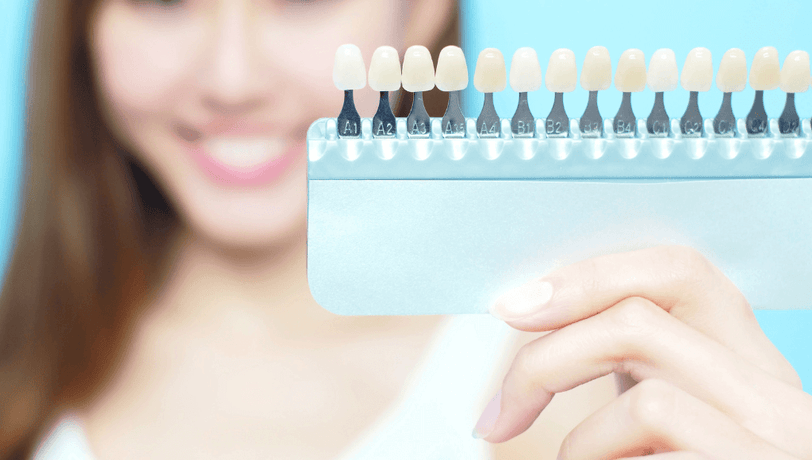
Summary
When mishandled, the mouth and its components fall prey to many diseases. Among these is the disorder linked to retracted gums. In addition to well-being, aesthetics suffer. Patients affected by this disease sometimes have to face many dental problems. 😖
Fortunately, dental professionals offer solutions that can help curb this situation. 😉 Find the steps to take to remedy the problem of receding gums.
Retraction of the gums, what is it?
Also called gingival recession , receding gums refers to a condition of the teeth characterized by a gradual shrinkage of the gingival tissue. 👄 In the presence of this disorder, the gums stop holding the tooth structure in place. Thus, the tooth root is exposed.
In some people, the symptoms of gum recession remain latent. They manifest themselves over the long term. As a result, many affected patients suspect nothing until the disorder worsens . Only now does it become noticeable. At this stage, gum recession must be treated immediately. Negligence or lack of treatment could lead to another pathology such as tooth loosening or permanent tooth loss. 😰
Receding gums can occur at any time. This disorder most often manifests itself in people whose age range is between their late teens and early 40s.
How to identify the symptoms of receding gums?
Receding gums manifests itself by various symptoms. In people suffering from this disorder, it is common to notice the appearance of black triangles . In reality, these are not marks, but rather spaces that are created at the junction of two teeth and the gum. These are in the form of triangles, hence their name. 🔼
If one or more of your teeth appear longer than they should be, you may have gum recession. Indeed, as the gums gradually disappear, the base of the tooth becomes more and more visible. This gives the impression that its size is increasing even though it remains the same. 🦷
When the gums recede, the tooth's sensitivity increases. Indeed, faced with gingival recession, the tooth root gradually loses its protection and becomes vulnerable to external threats . Likewise, teeth become more and more sensitive to hot, cold and sensitive to sugar . ❄️ As the tooth root is exposed, two different shades are visible on the tooth.
Redness and bleeding of the gums are among the symptoms that characterize gum recession. In fact, bacteria often attack the gums of people with a poor oral hygiene routine . Be careful, red gums can also be a sign of the appearance of pimples on the gums , which should not be taken lightly. Keep your eyes peeled and if these pimples appear, make an appointment with the dentist!
🦠 In addition to making it bleed, these pathogens leave traces of redness and sometimes, pain. This inflammation is sometimes the consequence of periodontal disease (gingivitis or periodontitis or gingival abscess ).
Generally, these pathologies are the cause of receding gums. They are likely to reach a more advanced stage and thus lead to tooth loss.
It is therefore very important to strengthen your gums to keep your normal gums healthy .
What can cause receding gums?
There are various factors that cause gum recession. They can be chemical, bacteriological, mechanical or even anatomical.
What are the anatomical causes of gum retraction?
Due to their teeth, some people are predisposed to suffering from this pathology. This is for example the case of patients with a deficiency in keratinized tissue . ☝️ This is likely to lead to many oral health problems, including:
Inflammation of the gums 💥
Difficulty maintaining good oral hygiene 🧼
Alteration of bone and gum 🦴
In some subjects, gum retraction is caused by bone dehiscence. A patient with a dental malformation risks seeing their gums recede over time. This is a problem encountered by people with a large labial frenulum or one located too close to the teeth. 💋 Indeed, this type of patient experiences difficulty when brushing. Taking advantage of this situation, dental plaque and tartar to be urgently eliminated accumulate .
Are there other causes of receding gumsOther causes of receding gums?
Regular brushing plays an important role in good tooth health. This is the first step to adopt to maintain good oral routines and brush your teeth the right way . But you should not do it suddenly at the risk of damaging your gums or dental enamel . 🩸
Furthermore, avoid brushes with medium or hard bristles, favor soft bristles. These are likely to damage the enamel. They could also cause irritation or inflammation related to the gums. A dentist will probably advise you to use electric toothbrushes with many benefits , with soft bristles , because of their harmless nature for your oral health. 😉
We also offer a sonic electric toothbrush model that is particularly effective in removing dental plaque, but also super gentle on dental enamel and gums! 😉
Say goodbye to bleeding and other gum problems thanks to its 5 brushing modes that adapt to your sensitivity! 🖐
Its flexible soft nylon bristles perfectly reach all corners of the teeth, gently, thanks to 31,000 to 40,000 vertical movements per minute (depending on the mode). 🤗
Finally, an electric toothbrush suitable for all types of teeth, even people prone to gingivitis, periodontitis, bleeding and rolling gums! 🙌
Poor oral habits can easily lead to gum recession. By this we mean occasional or excessive tooth brushing. This also results in the consumption of foods that can cause a problem of hypersensitivity in the teeth and the deterioration of healthy gums . This causes dental plaque to form. In the absence of adequate treatment, it turns into tartar by feeding on bacteria present in the mouth . 😷 These are the prerequisites for dental caries and gum recession . Many other factors such as smoking can lead to gum retraction and tooth loss .
What are the links with periodontitis?
By definition, periodontitis refers to a serious condition characterized by inflammation of the gum tissues surrounding and supporting the teeth . All of these tissues are called “the periodontium”. It is essentially composed of:
- The gums
- Alveolar bone
- periodonts
- The alveolar-dental ligament
- Cement
Caused by bacteria, periodontal disease can affect several or just one of these tissues. When they only attack the gums, it is a symptom of gingivitis .
This is manifested by inflammation of the gums. These show signs of redness and irritation, sometimes swelling and pain . Furthermore, the gums bleed when brushing your teeth or when you eat certain foods. 🪥
But when the disorder concerns other tissues, we speak of periodontitis. The latter can turn into severe periodontitis and cause periodontal recession .
However, it is possible to reduce the risks of this disease by knowing the foods to avoid to prevent periodontitis.
How to treat receding gums?
To resolve this situation, different solutions are possible. The choice of treatment will depend on the severity of the disorder and the recommendations of the competent doctor.
Visit your dentist for scaling and cleaning of gum pockets!
Performed by the dental surgeon, scaling refers to an operation consisting of removing tartar. 👩⚕️ As a reminder, scaling at home is strongly not recommended, you must go to your dentist! The goal is to clean the tooth and gums and thus fight against problems such as cavities, halitosis (also called bad breath) , periodontal diseases such as gingivitis or periodontitis , the main causes of receding gums.
Cleaning the gum pockets helps rid them of food debris and bacteria. In fact, it is the latter which transform into dental plaque, which in turn creates tartar by solidifying.






























































